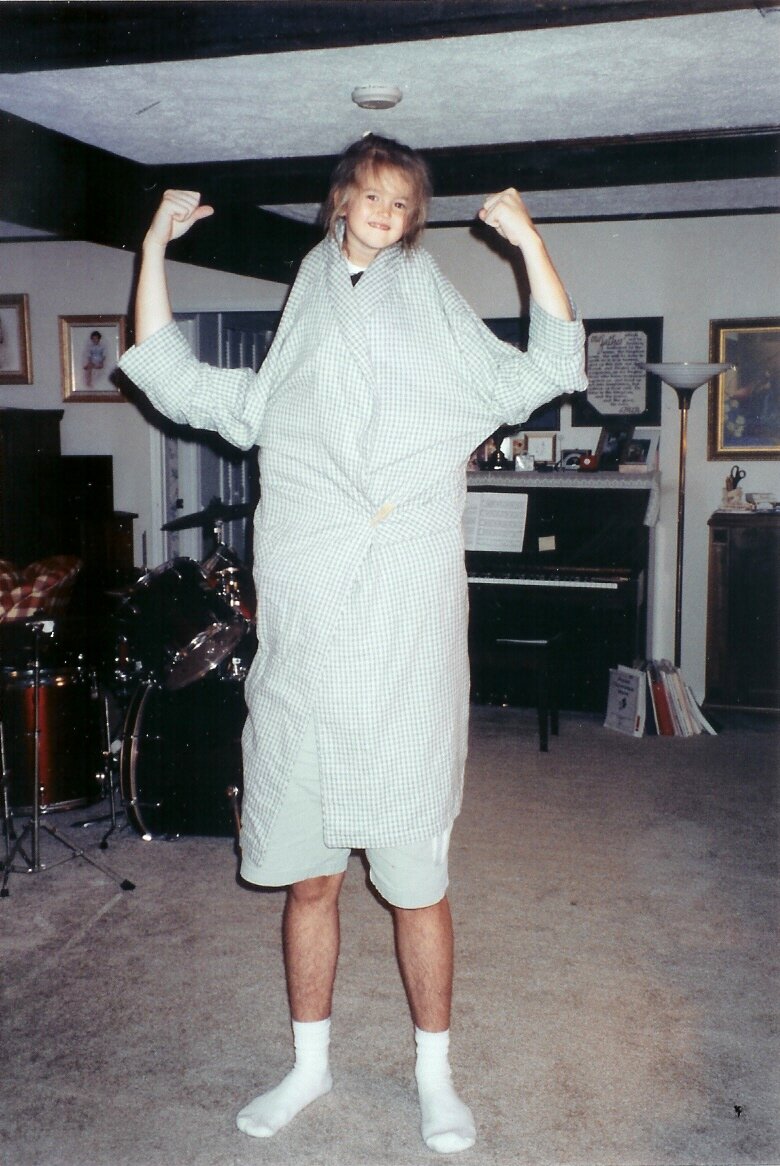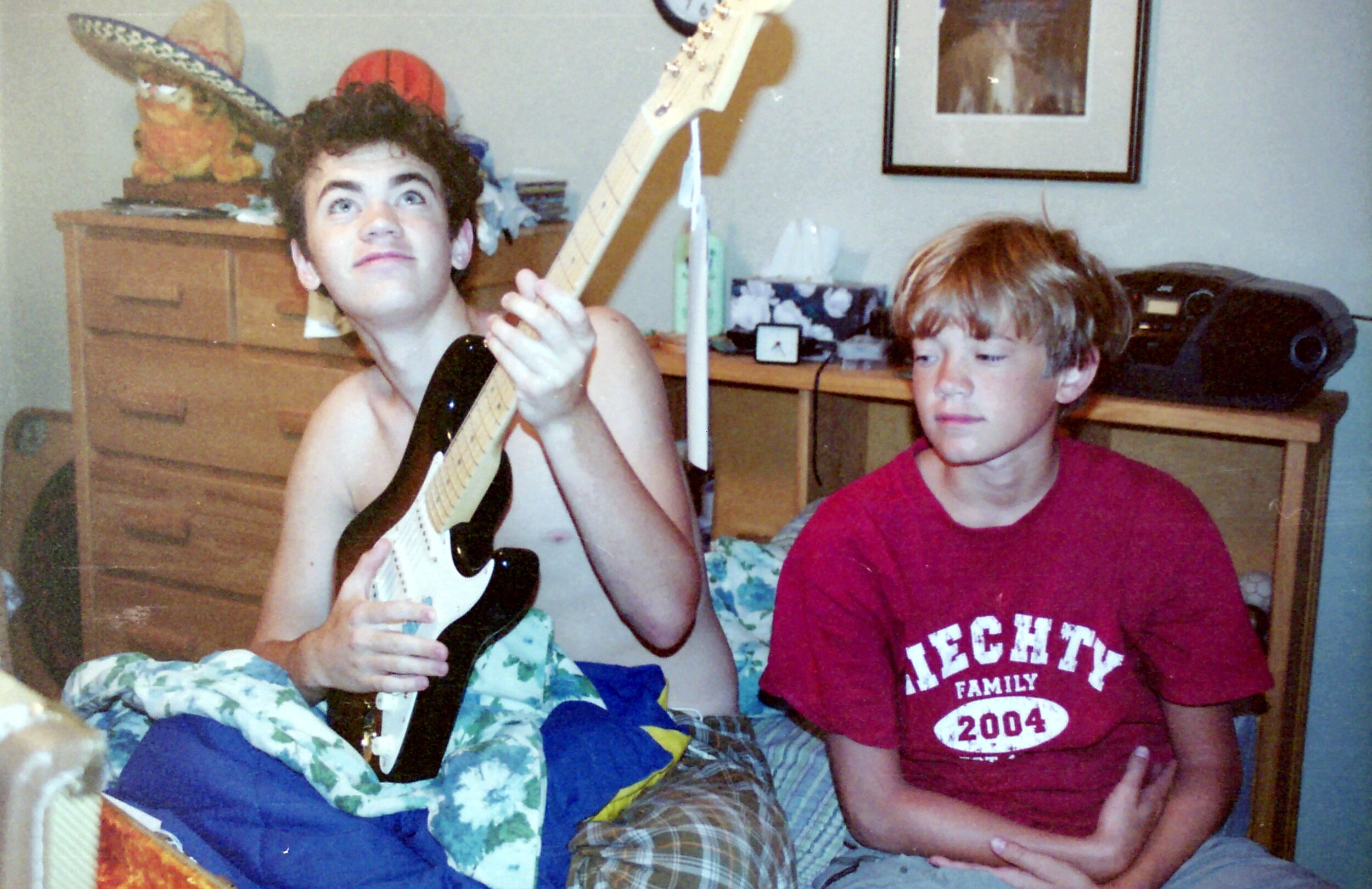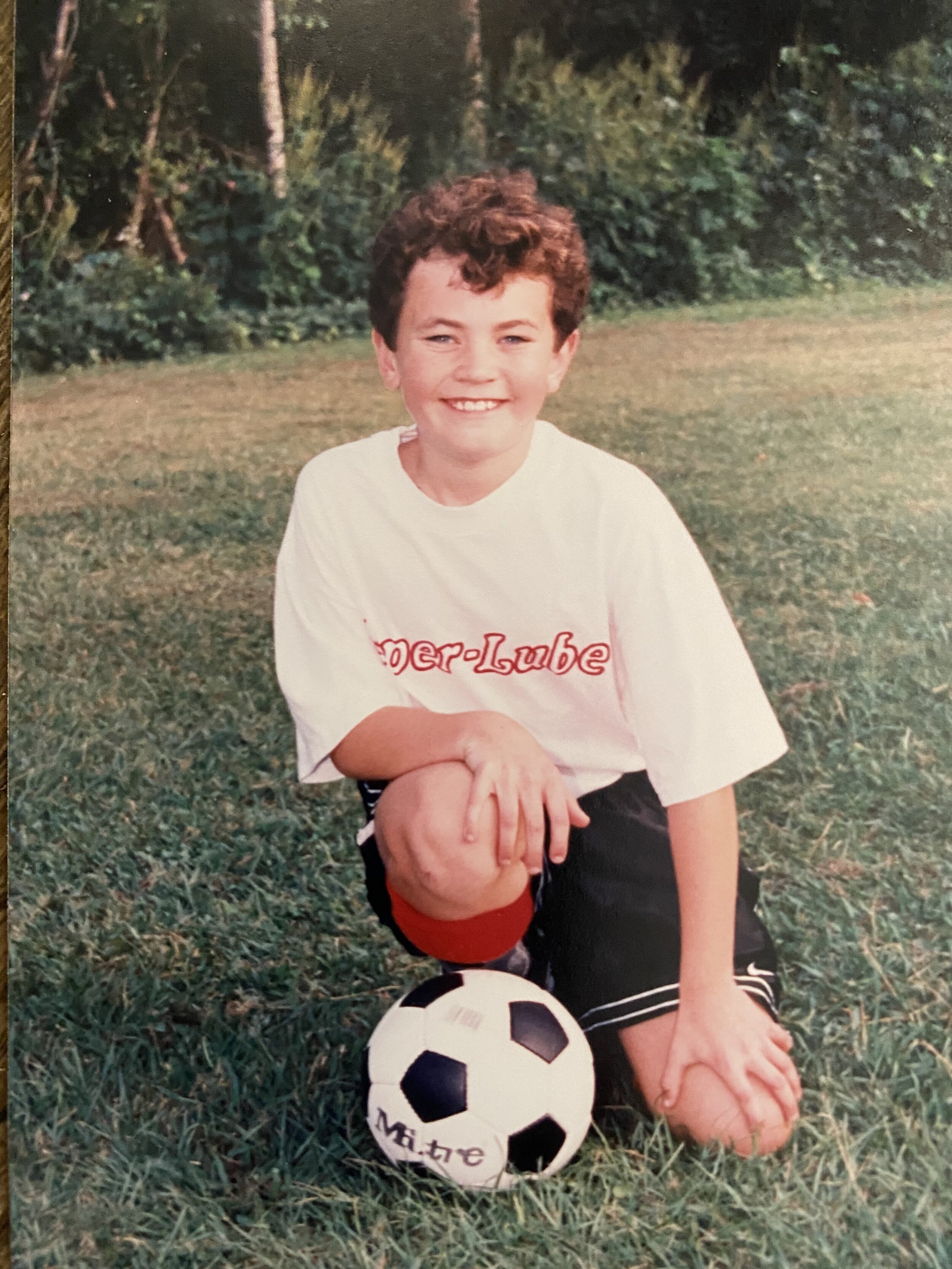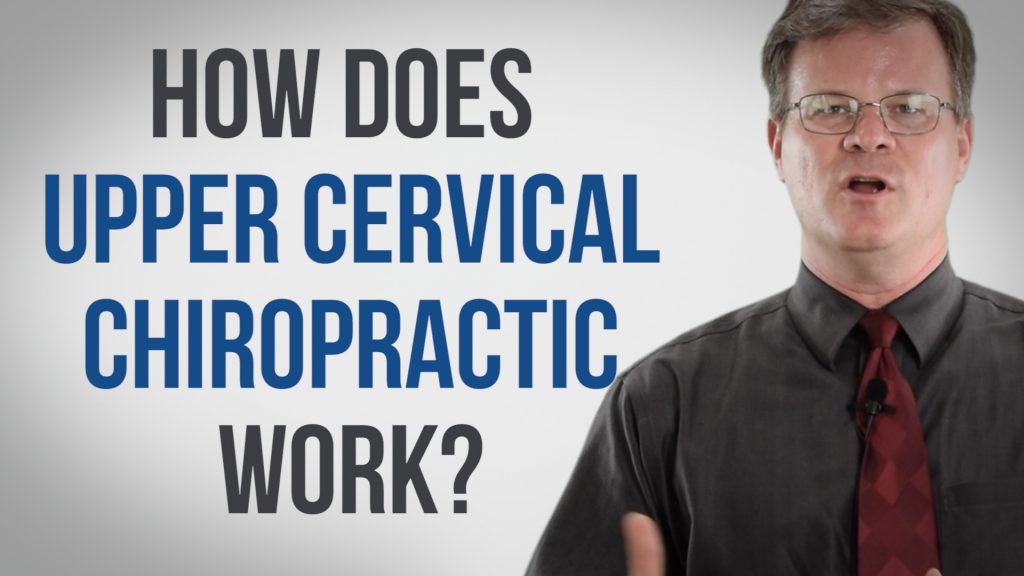One of the most frequently asked questions we get is: “How often do I need to come?”
The goal is to not see you because you are well. Dr. Gordon elder explains the process to get you there.
Once the spine has been injured and it’s affecting the central nervous system, the brain, or the brain stem spinal cord, it takes a while for it to heal. Now, different tissues in the body heal at different rates. Ligaments heal at a different rate than muscles. Nerves, blood vessels, they all have different rates of healing. We have observed that people tend to heal in cycles. And sometimes one thing has to heal before another thing can heal.
So as a chiropractor, once somebody has injured themselves, and I correct the problem that’s keeping them from healing themselves, then I want to check more often in the beginning. Usually, we start out at twice a week. Now, that’s not necessarily a treatment twice a week. I hope it isn’t, but it’s a check to make sure that things are still progressing. And then, we go down to once a week, and then once every other week, and then once a month. My goal is to get you to the point where I’m checking you, if possible, once every six months again without finding anything, in the same way, that a dentist would be looking at your teeth, not wanting to find a cavity.
We don’t rely on symptoms to tell us when to treat you. When something needs to be fixed because as the body starts to go back to its normal position sometimes things will hurt, muscles will get stretched.
So, we do not rely primarily on how you feel to know what you need. We use objective tests for that and that’s what those tests are for.
We know that in the beginning, the bones are more likely to go back out of alignment, and so we check more often. You’re not necessarily going to know, at that time, whether it’s in or out. It may feel like it’s out and it’s not. Or it may feel great, and it’s actually just gone out of alignment and needs to be fixed before you do feel something. So that’s why we design each treatment plan for the patient. But also based on the scientific knowledge we have of how fast things heal and what cycles people go through in that healing process.
About 50% of my patients don’t need another upper neck adjustment during the first three months, but I don’t know which 50% you’re going to fall into. I want to catch it almost as soon as it happens.
In the beginning, if you go back out of alignment relatively quickly, you tend to lose progress or regress relatively quickly. As time goes on you could go out of alignment and the body is stronger. And so you don’t regress quite so quickly so, we don’t need to catch it quite as quickly.
It’s best to keep to the recommended schedule.
There are two common mistakes people make:
They start feeling better right away and they stop coming in.
The other one is that it takes a while for them to start feeling better, so they get discouraged and stop coming in.
We found that the first three months is the most critical time period. If we can make it through the first three months or three month period without having to readjust the spine, we know that it’s getting pretty stable. So in the beginning you may feel real good, but it’s not stable. So we need to keep checking it to make sure that it stays in alignment long enough to get stable.
On the other end I’ve had patients come in where it’s taken almost three months before they really started feeling better. Just the process that the body had to take to get to that point.
And so I encourage people: Go through the schedule that I recommend at least for the first three months. Once you commit to that and we get through that, then we will discuss what the next step is.
I try not to check you more than I really need to,
and so we will space those off but, based on particular times where we know, okay, things are going to be about this stable at this point. And as we go on, you’re going to become more stable and there are certain mileposts, that once we hit, we know that we can safely go on to the next level.





































